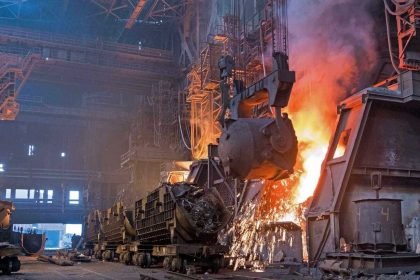China to get tougher on new steel capacity additions in 2019

The Chinese minister of industry and information technology revealed to a local news agency that the government is going to ban new steel expansion projects in 2019.
China also continued its ban on the cement and glass industry capacity expansions due to the overcapacity issues.
The environmental issue is also a fundamental cause behind the planned capacity cuts in the steel industry. Almost every year, China announces steel production cuts to minimise the severe winter smog attacks in major cities.
In 2016, China announced the plan to cut steel capacity in its 13th five-year economic plan and set the target to reduce 150 million tonnes of steel capacity by 2020. However, the target is expected to be achieved in 2019 as in 2016-17 it shut down almost 120 million tonnes of blast furnace related steel capacity. China was also encouraging steel companies to move from induction to electric arc furnaces as well as to relocate plants out of heavily steel producing regions such as Beijing and Hebei.
Meanwhile, the steel capacity is reportedly slashed though crude steel production continues to rise since 2015. The crude steel production rose 2.98% from 807 million tonnes in 2016 to 831 million tonnes in 2017. Commodity Inside ascertains that Chinese crude steel production to reach a record level of 925 million tonnes in 2018.
Commodity Inside estimates that China steel exports decreased by 15.17% from 83.9 million tonnes in 2016 to 71.3 million tonnes in 2017. Total exports were 7.6% of the production in 2017. Around 113 antidumping duties remained effective against Chinese steel exports until December 2017, where the US topped with 16 anti-dumping duties against China.
China is also planning to invest more in 2019 in the infrastructure projects to support its economy which would also drive the steel demand further. We expect that steel prices to gain some strengths in the domestic market this year.
